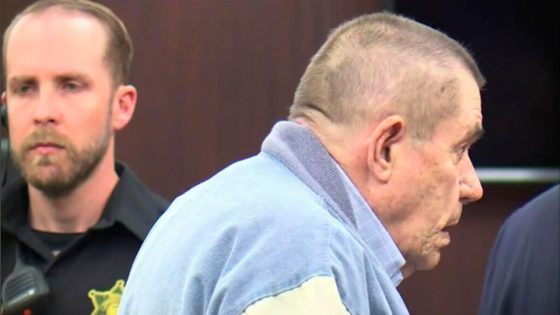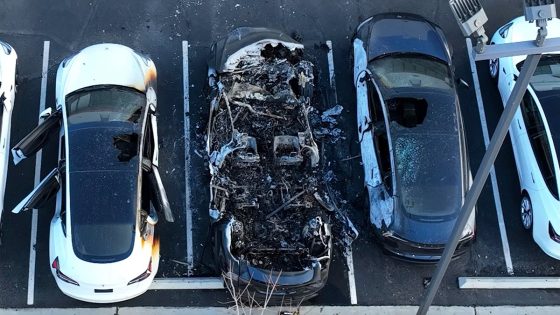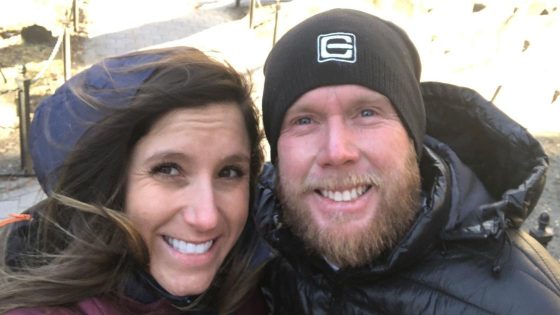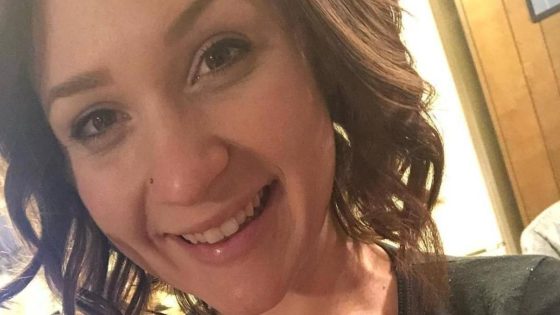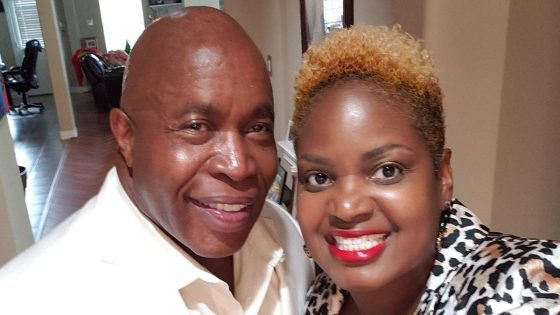On April 13, 2023, a tragic incident unfolded in Kansas City when Andrew Lester, an 86-year-old white man, shot Ralph Yarl, a 16-year-old Black honor student, who mistakenly approached Lester’s home while looking for his younger siblings. This seemingly mundane moment took a horrifying turn and ignited a firestorm of national debate surrounding race, gun violence, and the justice system.
- Andrew Lester passed away before sentencing.
- Lester pleaded guilty to second-degree assault.
- Ralph Yarl survived the shooting incident.
- Incident renewed debates on race and gun policies.
- Yarl's family expressed dissatisfaction with justice system.
- Shooting occurred due to mistaken address confusion.
On that fateful night, Ralph, confused by the streets he needed to navigate, rang Lester’s doorbell. After what he described as an unusually long wait, Ralph tentatively opened the storm door, expecting to see a familiar face. Instead, he was met with a terrifying scene. Lester, feeling threatened by Ralph’s unexpected appearance, shot him twice: first in the head and then in the arm. Authorities recounted how Ralph later testified that upon being shot, Lester shouted, “Don’t come here ever again.” Fortunately, the bullet did not penetrate Ralph’s brain, and he was hospitalized only for three days before being discharged.
Following the shooting, Lester faced serious legal repercussions. Initially, he had pleaded not guilty, sparking outrage and frustration from Yarl’s family and supporters, who watched as the case unfolded. On March 7, 2024, just weeks before sentencing, Lester’s fate was abruptly altered when his attorney informed the Clay County prosecutor’s office of his passing. Although the cause of death was not disclosed, the prosecutor’s office later released a statement expressing condolences to Lester’s family while emphasizing that justice had taken a different course as a result of his legal admissions.
Yarl’s family shared their grief in a heartfelt statement, asserting that another young Black life affected by discrimination would not see accountability for the actions taken against him. “Now, another Black child harmed by prejudice will never see the man who shot him face the full weight of the justice system,” they wrote, encapsulating the lingering pain and frustration that defined their experience throughout the judicial process.
Before the shooting, Lester defended his actions as self-defense, portraying himself as a frightened homeowner facing an intruder. The sentiment echoed a broader narrative surrounding gun owner rights and personal safety, illuminating a national conversation that often reveals underlying racial tensions.
As the dust settled on the case, the implications of this incident resonated across the nation. Legal analysts noted that while Lester had admitted guilt by pleading to a lesser second-degree assault charge, the delay in facing consequences left many disillusioned and angry. This incident became emblematic of a system perceived by some as failing to deliver swift justice, particularly in matters involving race.
While Ralph Yarl has since begun his journey as a freshman at Texas A&M University, the haunting shadows of that night linger, both for him and for society at large. Legal proceedings may be concluded, but questions remain about accountability, race relations, and the responsiveness of the justice system. The case continues to draw attention, serving as a stark reminder of the systemic issues still at play in America. What happens next in this narrative remains to be seen as families across the nation grapple with the painful realities of prejudice and violence.



